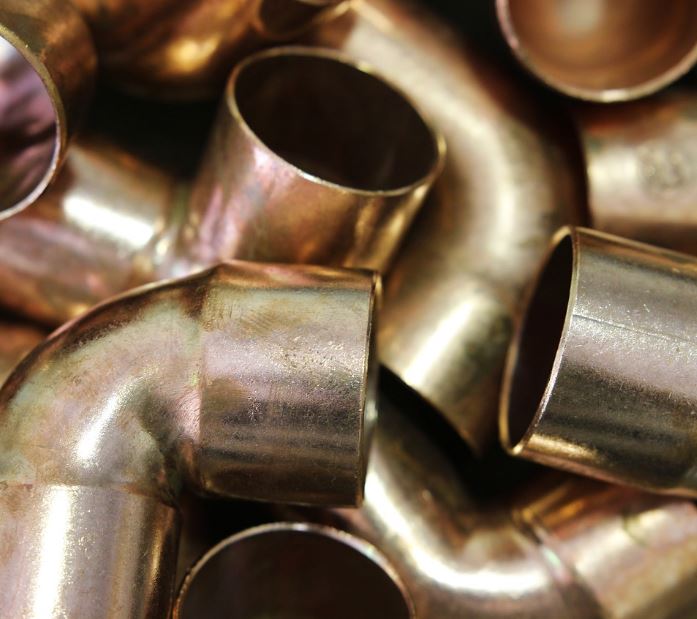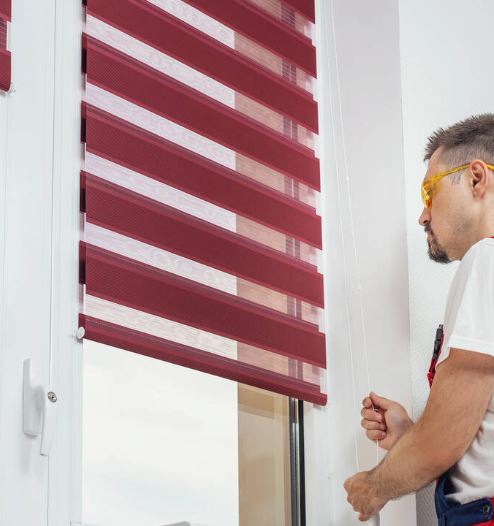How to Handle a Plumbing Leak Quickly and Minimize Damage to Your Home

Dealing with a plumbing leak can be a homeowner’s worst nightmare. Whether it’s a dripping faucet, a burst pipe, or an overflowing toilet, each type of leak can lead to significant damage if not addressed promptly. In this guide, we’ll walk you through the steps to identify and manage plumbing leaks quickly, ensuring you minimize the damage to your home.
Identify the Source of the Leak
The first step in addressing a plumbing leak is to identify where the leak is coming from. Common sources include faucets, toilets, appliances, and even hidden pipes within the walls. Inspect each area carefully, looking for signs of wetness, discoloration, or water pooling around fixtures. Sometimes, leaks are not directly visible, especially if they lie behind walls or under floors. If you suspect a leak but cannot locate it, consider using a moisture meter or calling a professional for assistance. Finding the source of the leak is crucial because it determines the immediate actions you’ll need to take.
Shut Off the Water Supply
Once you’ve pinpointed the source of the leak, shutting off the water supply is your next priority. This action can prevent further water from damaging your home. Locate the main shut-off valve, typically found in the basement, crawl space, or near the water meter. If the leak originates from a specific fixture, you can often find a shut-off valve near that fixture. Turning off the water supply can significantly reduce damage and make it easier to assess the situation. However, keep in mind that some areas may still retain water, potentially causing complications depending on the leak.
Call In The Professionals
While some homeowners might attempt to fix a leak on their own, seriously consider calling in the professionals if the situation is complex or beyond your skills. Skilled plumbers possess the expertise and tools required to locate and fix leaks efficiently. In many cases, they can provide insights into potential problems that might not be evident to an untrained eye. Hiring experts not only ensures that repairs are done correctly but can also help mitigate damages caused by a leak, saving you time and money in the long run. Additionally, professionals often offer warranties for their services, providing added peace of mind.
Assess the Damage
After addressing the leak source and stopping further water flow, take a moment to assess the damage already done. Check surrounding structures, including walls, ceilings, and flooring. Look for signs of mold, mildew, and warping, which can indicate how severe the leak was and what repairs may be necessary. Consider documenting the damage for your records or insurance purposes, as this could be critical in claims or repairs. Knowing the extent of the damage can guide your next steps, whether it’s cleaning the area or redirecting your efforts toward contacting restoration services.
Clean Up and Dry the Area
Once you’ve identified the damage, begin cleaning and drying the affected areas as quickly as possible. Removing excess water and moisture is crucial to avoid long-term issues like mold growth. Utilize towels, wet vacs, or even fans to help with drying. It’s essential to ensure that the area is completely dried out and free from standing water. To speed up the drying process, consider using dehumidifiers. Depending on the severity of the leak, you may need to refrain from using certain areas of your home until you are confident the environment is dry.
Restore Your Home
After thoroughly cleaning and drying the area, the next step involves restoring your home. This may include replacing damaged flooring or drywall, repainting, or even renovating sections of your home impacted by the leak. Engage professionals for repairs as needed, especially for structural damages. Hen problems with electrical wiring may arise due to water exposure, you should call an electrician in addition to the plumbing experts. Take steps now to prevent future leaks, such as ensuring proper insulation on pipes and periodically checking appliances for wear.

Prevent Future Leaks
Once your home is restored, it’s wise to implement measures to guard against future plumbing leaks. Regular maintenance on appliances and plumbing systems can help catch issues before they escalate. Consider periodic inspections with licensed professionals, and if possible, upgrade old plumbing systems to modern materials that are less prone to leaks, such as PEX tubing. Take note of any water bill spikes, as they may indicate unseen leaks that require immediate attention. Additionally, educating yourself about your home’s plumbing system can empower you to recognize signs of trouble sooner.
Acting quickly when facing a plumbing leak can significantly reduce the risk of extensive damage to your home. By identifying the source, shutting off the water, and possibly calling in professionals, you can take the necessary steps to contain the issue. Assessing the damage and ensuring a thorough clean-up will further protect your property from prolonged repercussions, while preventive measures can help safeguard against future incidents.







